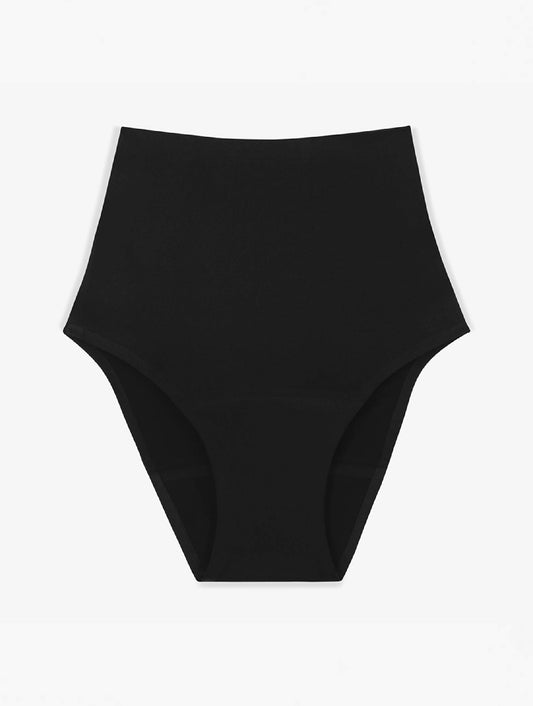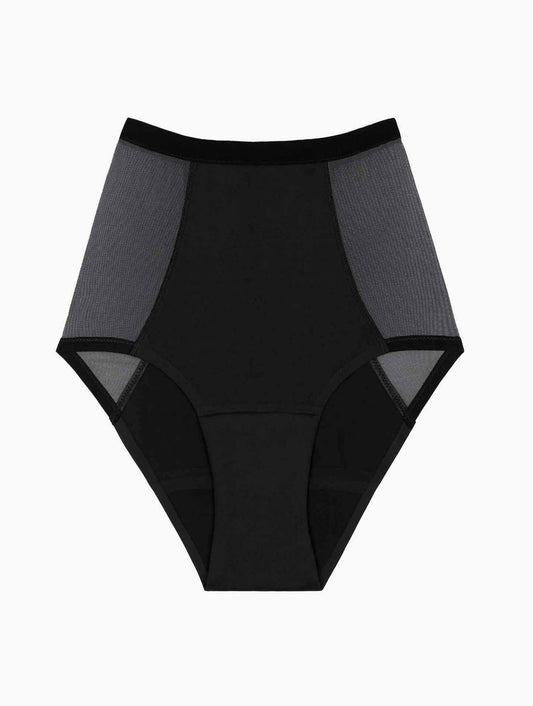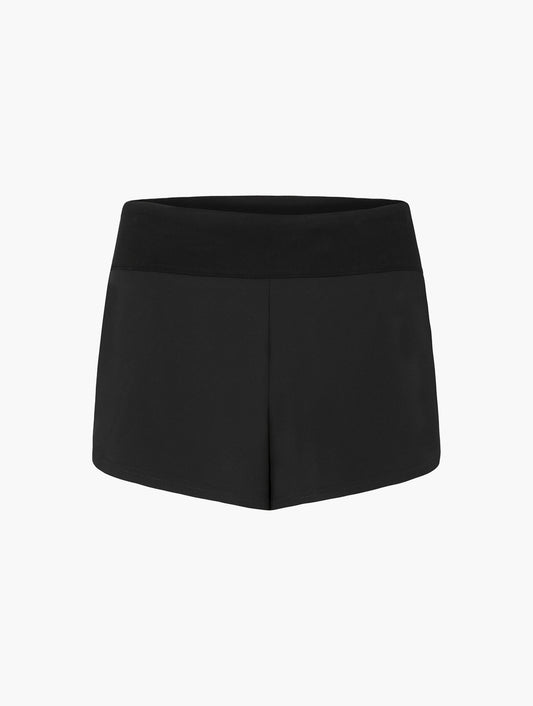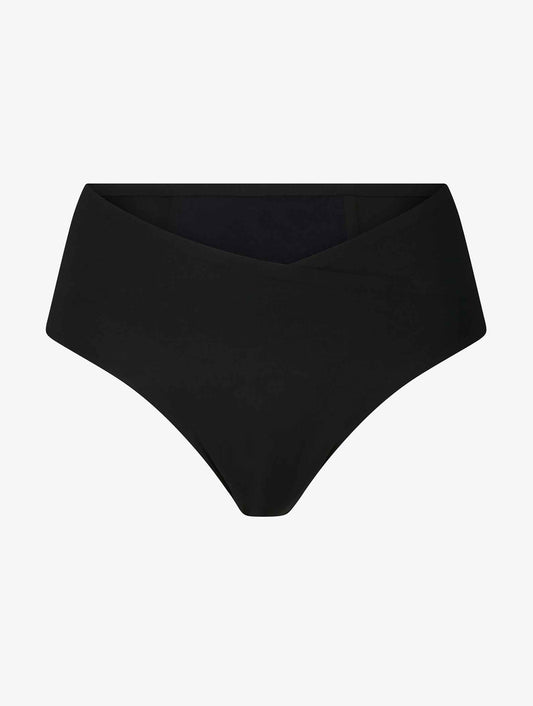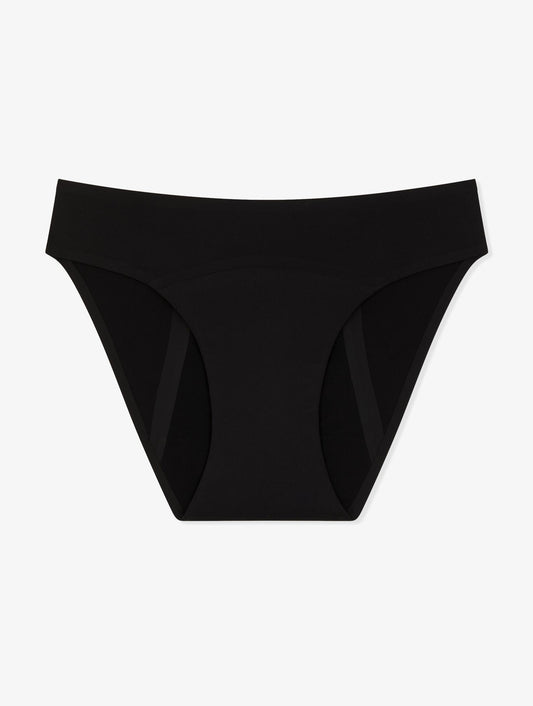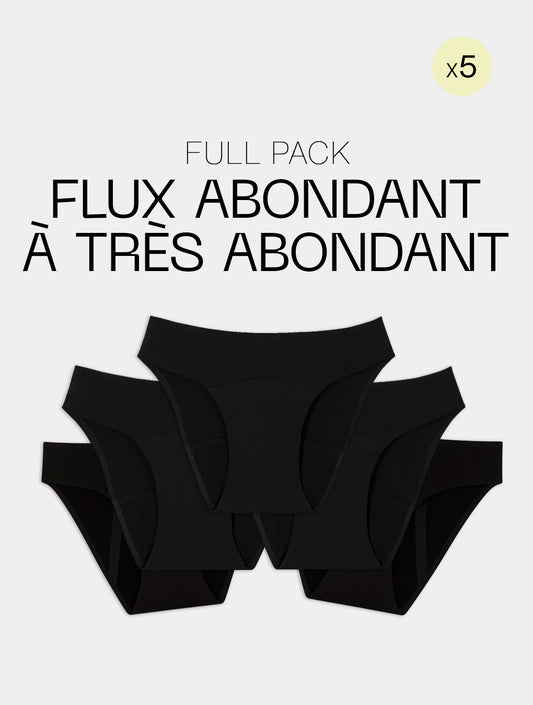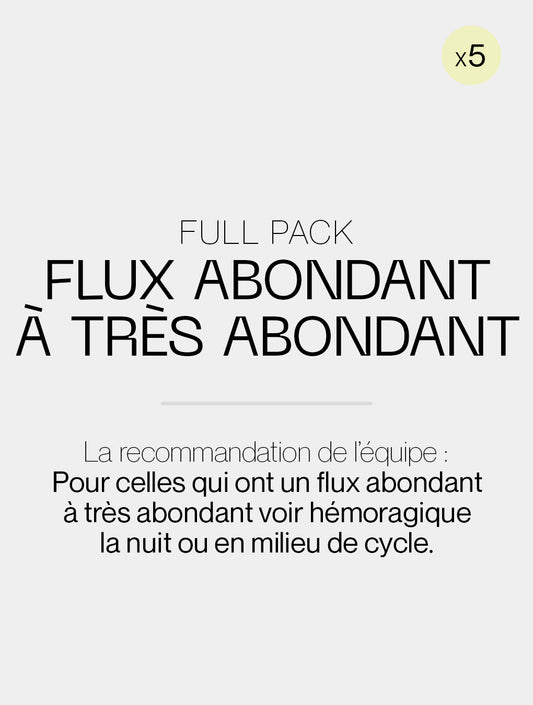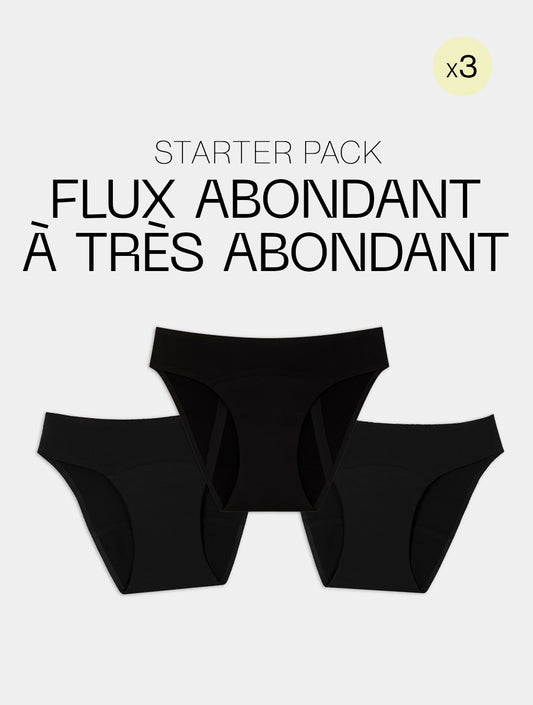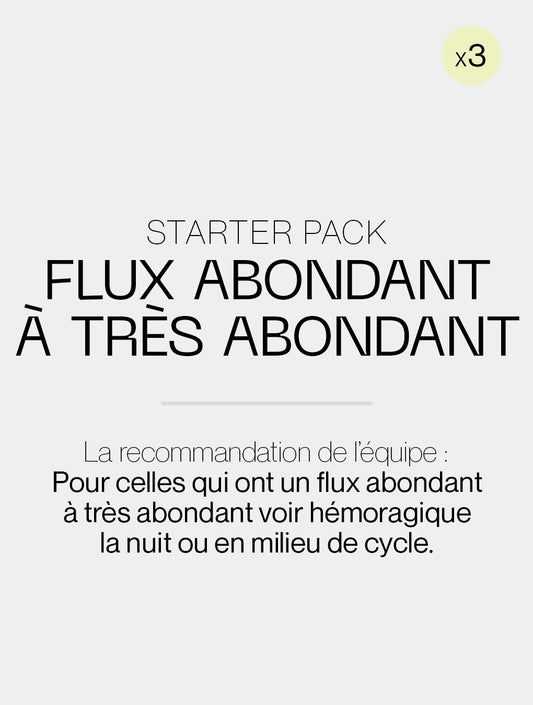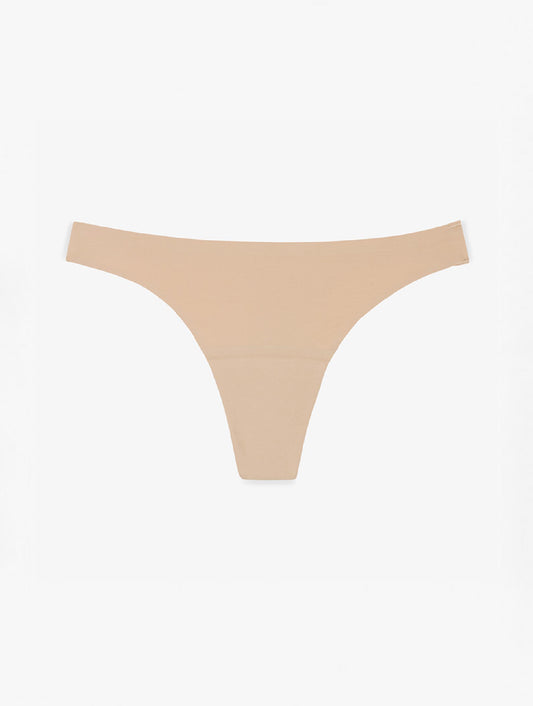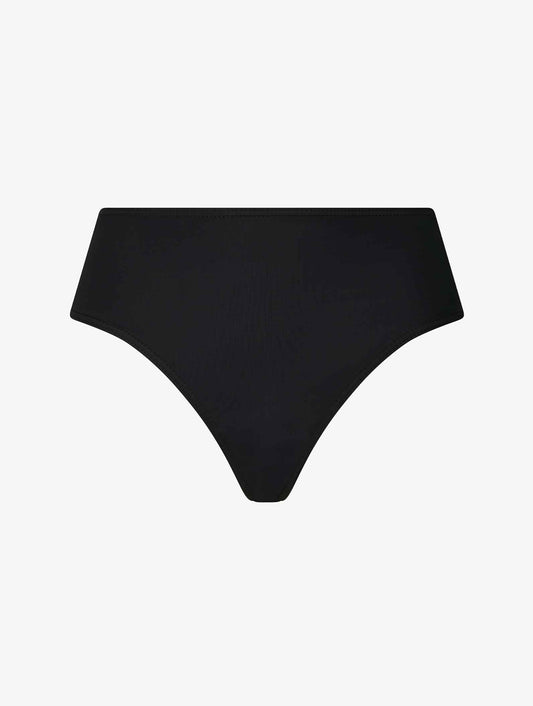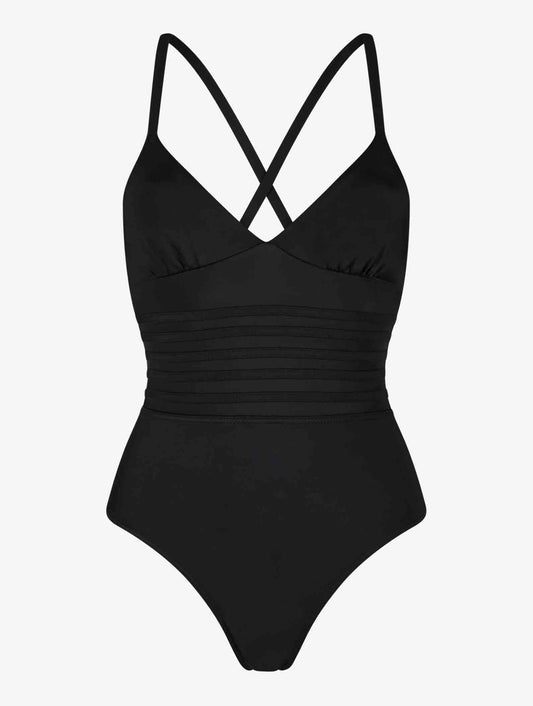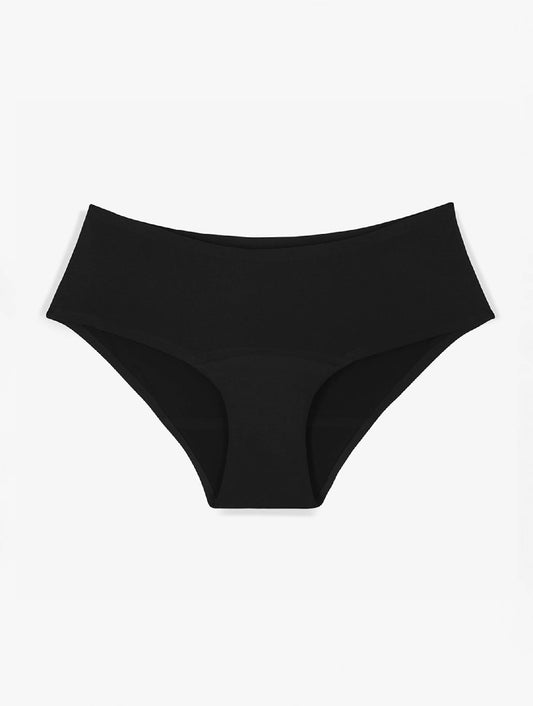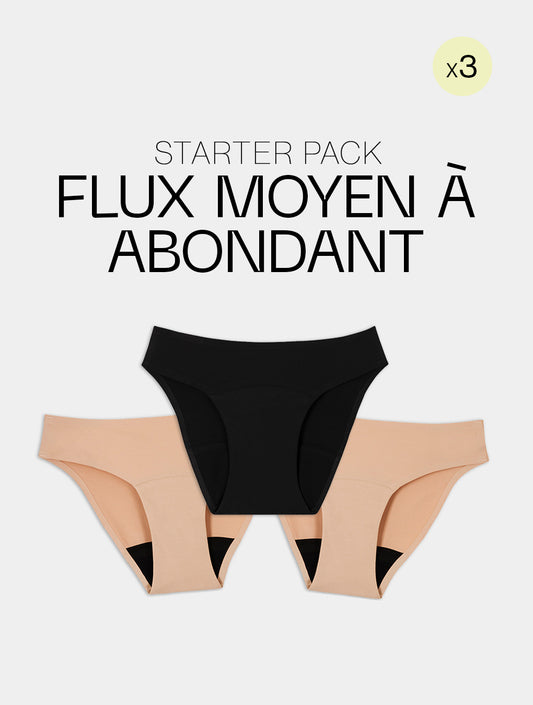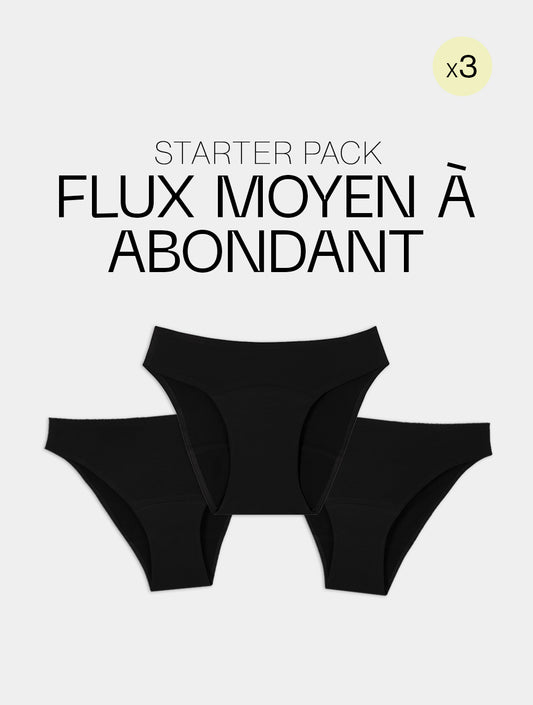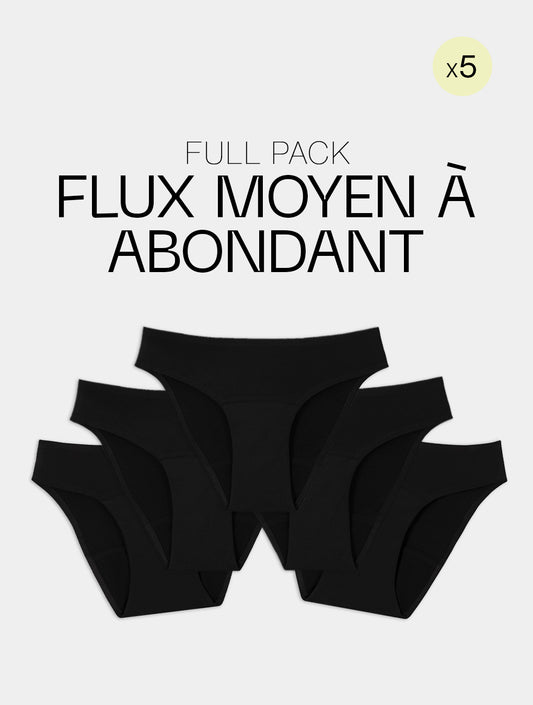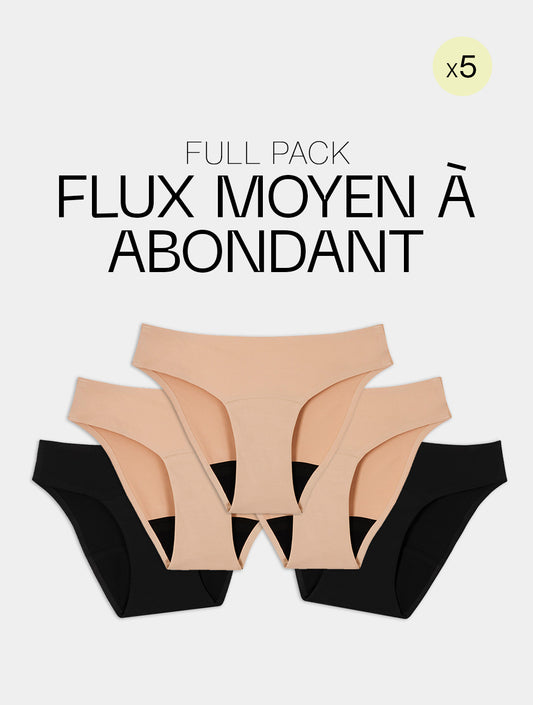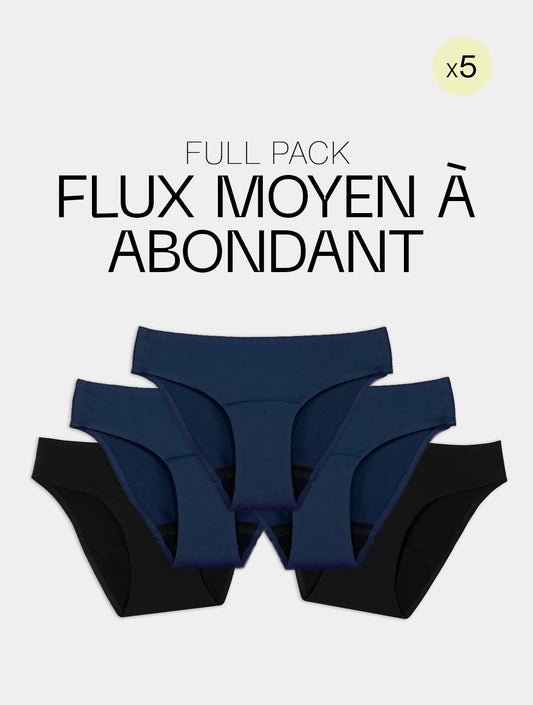The menstrual cup: everything for well-informed users!
The menstrual cup is a reusable internal hygienic protection. An ecological alternative to disposable tampons, it is appreciated for its economical and zero waste side. What is she like ? How to use it safely? What to look out for when choosing a quality cup?
A menstrual cup: what is it?
It has the shape of a flexible cup or a bell, ending in a small stem or a small ring. It is made of silicone, rubber or latex. This is the menstrual cup: one of the modern and economical hygienic protections presenting a real zero waste alternative to disposable tampons.
The principle is simple: the cup does not absorb blood, it collects it and retains it while waiting to be emptied at regular intervals by its users.

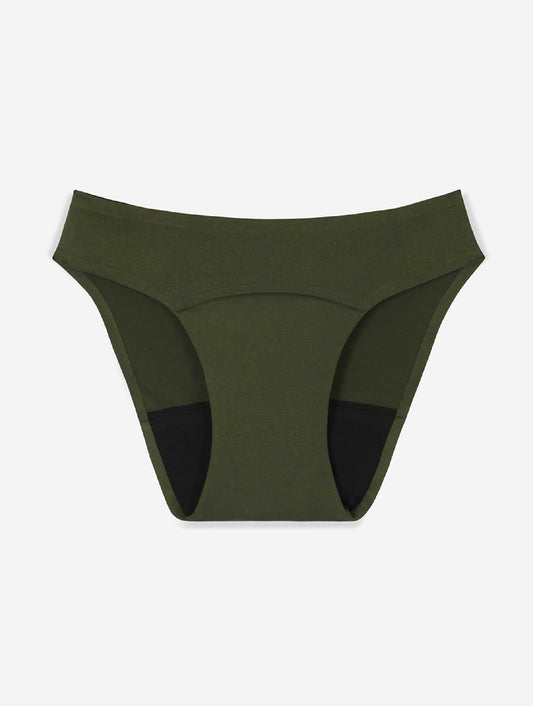



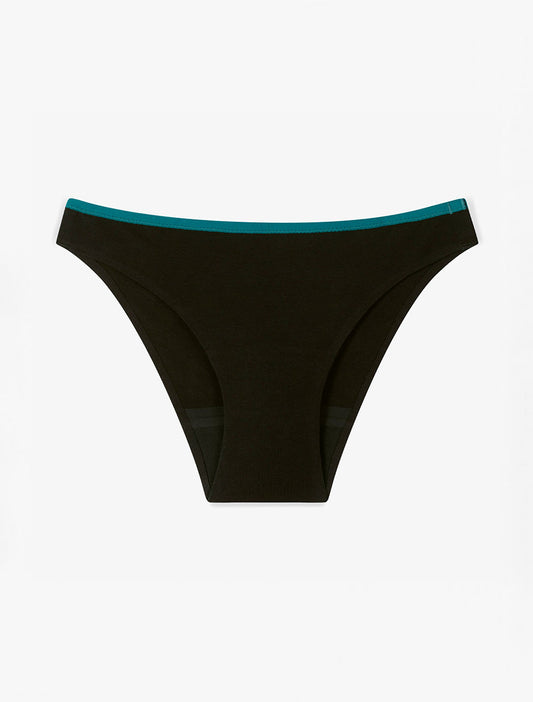
Libra Cotton Menstrual Panties for teens
29,00 €
20,30 €





How to use the menstrual cup?
The presentations having been made, we arrive at the heart of the subject: the cup, how to place it? In theory, positioning a cup is no more difficult than applying a tampon. In practice, some changes are to be expected. First of all, you should know that the cup must be clean before using it. A little sterilization in boiling water will do the trick (especially not bleach: cup and chlorine do not mix well). Are your hands and cup clean? We can get started! First step, we fold the cup in half to introduce it more easily into the vagina. Once in position, it unfolds on its own. There, it hugs the vaginal walls and adheres to the mucous membranes tightly to prevent leaks. Depending on the model, the capacity of the cup can vary from 10 to more than 35 ml (the equivalent of 2 tampons).
To remove the cup, gently pull on the small stem. You can also pinch the base of the cup directly to avoid the suction effect and push lightly with the muscles of the perineum. Be sure to keep your cup vertical to avoid any risk of leaks.
Final step: empty the contents of the cup into the toilet, before rinsing it carefully and replacing it.
How to maintain the menstrual cup?
Sterilization between two uses is not always possible, so the safest thing is to wash your cup with soap or better with a dedicated cleaner (unscented and pH neutral) in the nearest sink before replacing it. On the other hand, you will have to go through the sterilization box at the end of the cycle or just before the next cycle. The operation consists of boiling the menstrual cup in order to rid it of germs and bad bacteria lodged on the surface. Sterilization can be done in a pan or in the microwave.
Why take so many precautions you ask? To avoid any risk of vaginal infections or toxic shock syndrome (TSS) . Indeed, the menstrual cup contributes to blood stagnation inside the vagina. After a certain time, this stagnant blood can encourage the proliferation of staphylococcus aureus responsible for vaginal infections. Naturally present on the mucous membranes, these bacteria can in the worst case cause toxic shock syndrome (TSS). Particularly sneaky, staphylococci aureus are able to resist conventional washing. Only sterilization with boiling water between each use can overcome this.
How can you be sure to choose a quality cup?
In order to choose a quality cup, ANSES (National Agency for Food, Environmental and Occupational Health Safety) recommends selecting internal hygienic protections displaying the following information:
- Warning about toxic shock syndrome and the symptoms prompting you to consult your gynecologist or doctor quickly;
- Warning for users who have already been diagnosed with toxic shock syndrome for whom the use of internal hygienic protection is not recommended;
- Recommendations on the maximum wearing time (approximately 4 to 6 hours) excluding wearing the cup throughout a night's sleep;
- Information on essential hygiene measures (hand washing, disinfection of the cup between each use);
- Details on the rules of use (the cup must be worn exclusively during menstruation and emptied regularly).
Menstrual cup: the advantages and disadvantages
After listening to the feedback from many users, here are the good points that can be credited to the cup .
- First strong point: the cup is a zero-waste reusable hygienic protection that can last several years. So no more disposable tampons that are harmful to the environment.
- Second strong point: the cup is economical. Its cost oscillating between 15 and 30 euros is profitable after 6 months of use.
- Third strong point: the cup can be changed less frequently than a tampon (never beyond an interval of 4 hours): its capacity can be up to 35 ml (the equivalent of 2 tampons);
- Fourth strong point: the cup is hypoallergenic and respectful of the vaginal flora . It constitutes an attractive alternative for users for whom internal hygienic protection rhymes with mycosis, irritation and infection.
Because every medal has a reverse side, here are the weak points often cited about the cup.
- First disadvantage: the cup can be difficult to handle at first. Its insertion sometimes requires a lubricant when the menstrual flow is light. In most cases, you can say goodbye to long nails if you don't want to get hurt when putting it on and removing it. Not to mention the numerous small accidents caused by the famous suction cup effect. In addition to unexpected splashes or bloodstains, removing the cup can be a little painful.
- Second disadvantage: the cup must be emptied in the toilet and cleaned at most every 4 hours. This constraint involves the proximity of a water point. In case of heavy periods, you will have to repeat the operation 3 to 5 times a day!
- Third disadvantage: the cup may not be recommended for certain women. These include users wearing an IUD (low danger of expulsion due to the suction effect) and young mothers in the weeks following childbirth.
- Fourth disadvantage: prolonged use of the cup carries as much risk of TSS (toxic shock syndrome) as that of a tampon. You cannot therefore wear it for more than 4 hours in a row. It is therefore impossible to wear a cup during a night's sleep. It will then also be necessary to plan to invest in external protection such as menstrual panties with anti-bacterial material.
The winning Cup + menstrual panty duo will also be the ideal option for sportswomen and all those who prefer to plan ahead by always having an alternative solution on hand.
By Valérie










